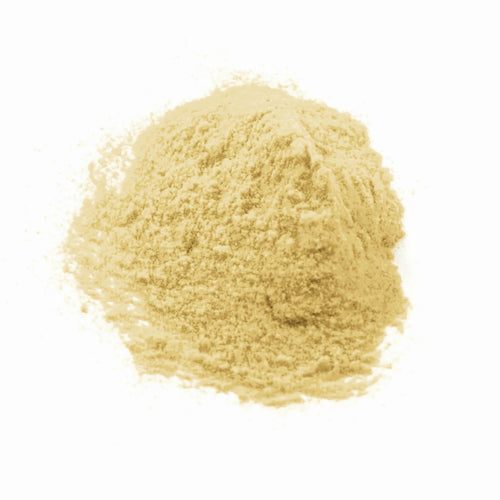Dried Fruit
Dates
Desiccated Coconut
-
Business customer? Our trade team is here to help. Learn more >
-
Business customer? Our trade team is here to help. Learn more >
-
Business customer? Our trade team is here to help. Learn more >
Filters
CloseDried Fruit
Dried fruit is a delicious and versatile food product with a prolonged shelf life and sweet, concentrated flavours. It is created by removing the water content from fresh fruit, typically through air drying, sun drying, or using specialised dehydrators.
The primary advantages of dried fruit are its portability and longevity.
Common dried fruits include:
- raisins,
- apricots,
- dates,
- figs,
- prunes.
Mixed dried fruit can serve as a convenient snack, while specific dried fruits are essential components in particular cuisines and dishes.
The drying process intensifies both the sweetness and the flavour of the fruit: imagine the bland wateriness of a cake made with grapes, compared to the deep, rich taste of a Christmas cake full of currants, sultanas, and prunes.
Dried fruit is also seen in a wide variety of savoury dishes, ranging from tagines and Persian jewelled rice to the deep salty tang of the dried plums in Japanese rice balls.
Although freeze-drying was discovered by the Incas, it’s only in the last century that it was rediscovered. Also known as lyophilization, the process removes moisture from substances while maintaining their structural integrity, colour and flavour: freeze dried fruit is much closer in flavour to the original than sun- or air-dried.
The process involves freezing the item, creating a vacuum, and then gently warming it, causing the frozen water to sublimate directly from ice to vapour. Freeze dried fruit can be used in cooking and baking, as well as a topping for ice cream or a decoration on cakes.













